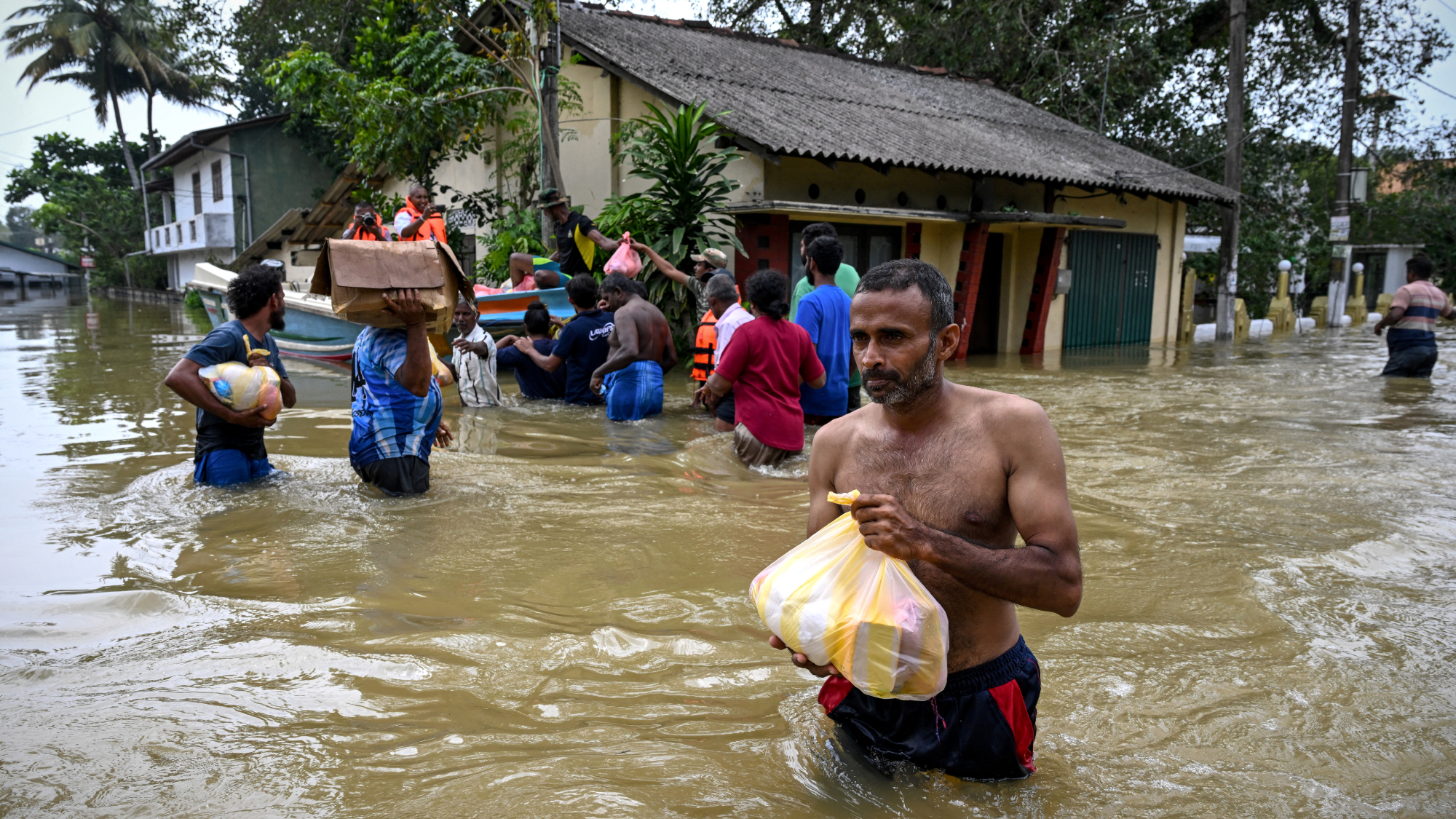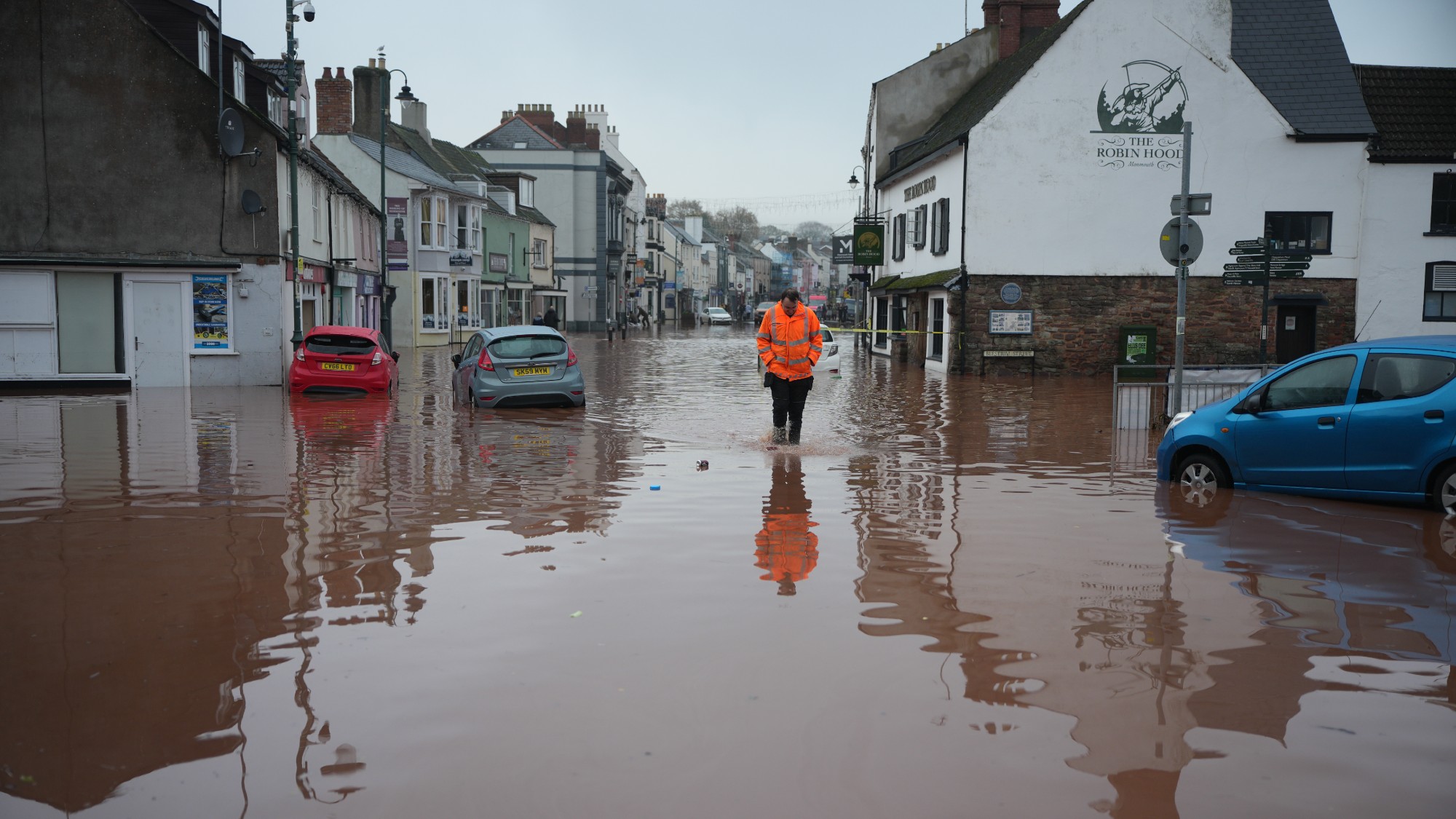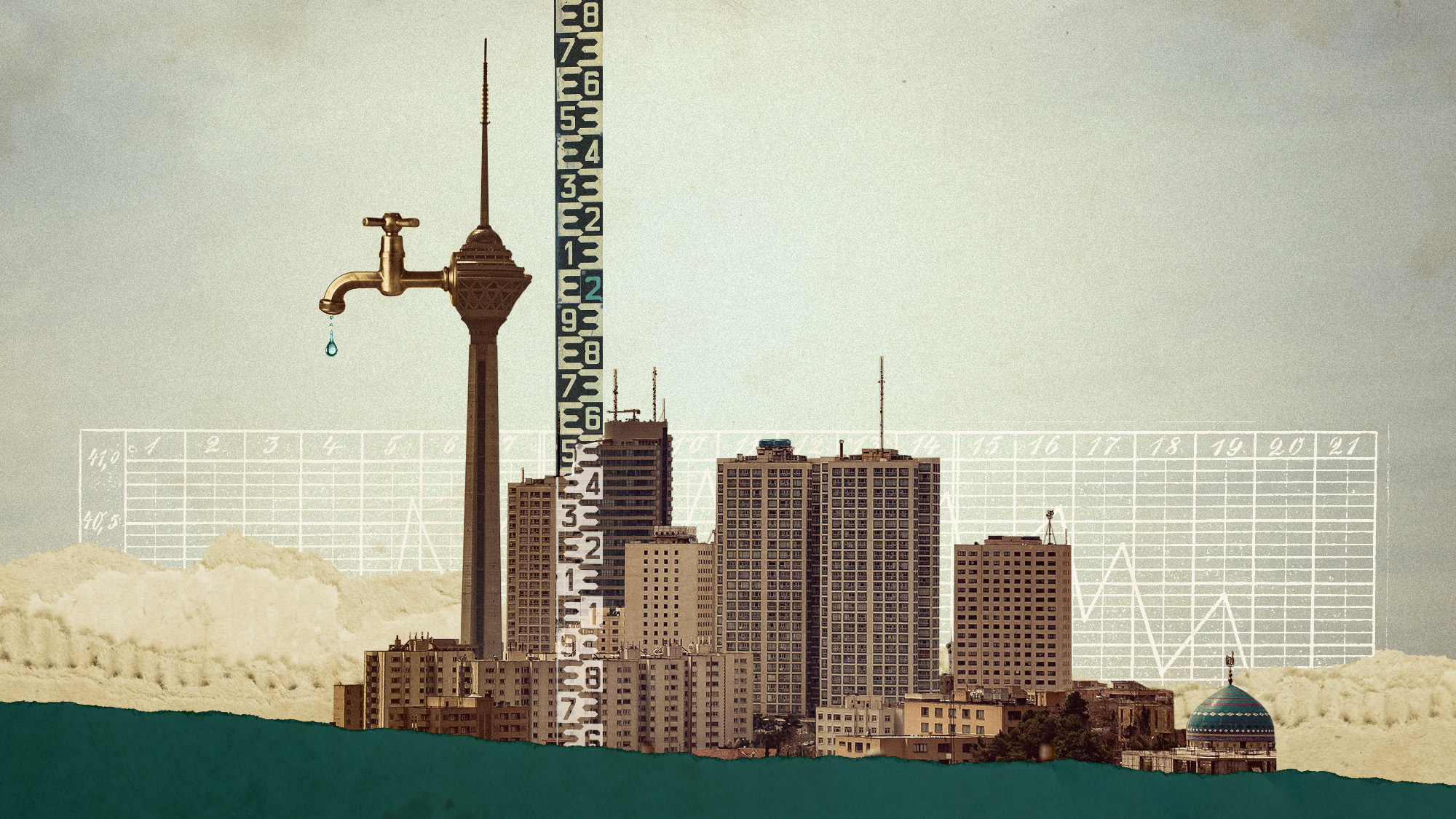Why UK scientists are trying to dim the Sun
Government is funding controversial geoengineering techniques that could prove helpful in slowing climate change

The UK government looks set to approve controversial geoengineering experiments that include efforts to dim the Sun.
Aria (Advanced Research and Invention Agency), the government body that funds technology projects, has set aside £50 million for the task, and specific, small-scale trials will be announced within a few weeks, said The Telegraph.
As the effects of global warming continue to intensify, "so has interest in some sort of back-up plan", said The New York Times. That's why some scientists are doubling down on geoengineering projects – climate intervention tactics that range from "sucking carbon dioxide out of the atmosphere" to brightening clouds.
The Week
Escape your echo chamber. Get the facts behind the news, plus analysis from multiple perspectives.

Sign up for The Week's Free Newsletters
From our morning news briefing to a weekly Good News Newsletter, get the best of The Week delivered directly to your inbox.
From our morning news briefing to a weekly Good News Newsletter, get the best of The Week delivered directly to your inbox.
'Treating the symptoms'
Most geoengineering trials aim to prevent excessive sunlight from reaching the Earth's surface. This is often done by either "launching clouds of reflective particles into the atmosphere" or using "seawater sprays to make clouds brighter", said The Guardian.
If trials like Aria's are successful, and the techniques are adopted on a larger scale, it could "temporarily reduce surface temperatures and the harm the climate crisis is causing". This would allow more time to cut worldwide carbon emissions. And there is preliminary, real-world evidence that geoengineering might work.
As ships cross oceans, their exhaust brightens the clouds above them, so sunlight reflects more effectively, said The New York Times. That cloud brightening offset "about 5 percent of climate warming from greenhouse gases". But "ironically", as stricter regulations have reduced ship pollution in recent years, that cloud brightening and greenhouse gas offset is fading away. Some scientists hope they can replicate the effect – with sea salt, rather than pollution.
Ultimately, "dimming the Sun" through techniques like cloud brightening "would not address the root cause of the climate disease", said Peter Irvine, an earth sciences lecturer at University College London, on The Conversation. But more and more evidence "suggests that it would work surprisingly well at treating the symptoms".
A free daily email with the biggest news stories of the day – and the best features from TheWeek.com
'Tinkering with complex natural systems'
Geoengineering could be "crucial in the fight against climate change", said Science. But if scientists want to continue getting projects off the ground, they "need to learn how to talk to the public about it".
While some projects – like Aria's in the UK and a successful cloud brightening project taking place over the Great Barrier Reef in Australia – have sped ahead, others have been squashed by a sceptical public.
The practice of artificially altering the planet's natural systems "sounds ambitious, even arrogant. Perhaps inevitably it invites concerns about meddling with nature" and it "poses tricky questions" about how, when and where technology should be put to use.
It involves "tinkering with complex natural systems" that render it "irreversible" – and the proliferation of conspiracy theories and misinformation online are "partly behind moves to ban or restrict solar geoengineering".
'Like taking aspirin for cancer'
Though solar geoengineering treats some of the symptoms of climate change, it is a "barking mad scheme" that feels like "taking aspirin for cancer", said American scientists Raymond Pierrehumbert and Michael Mann in The Guardian. If we become reliant on the technology, "the world will be left subject to a catastrophic termination shock" if the intervention ever ends.
The small scale of the trials is "little comfort" either, because "even small-scale trials risk developing the technology somebody else (think Musk, Trump or Putin) might use for a large-scale deployment". And with a current lack of national or international governance to oversee geoengineering projects, "there is extreme danger" at play.
There are potential side effects of geoengineering techniques that still need to be examined, Sarah Doherty, an atmospheric scientist working on cloud brightening at the University of Washington, told The New York Times. Altering ocean circulation patterns could impact fisheries and cloud brightening could change precipitation patterns.
But "it's vital to find out whether and how such technologies could work" just in case society needs them. "And no one can say when the world might reach that point."
-
 The Week Unwrapped: What’s the cost of PFAs?
The Week Unwrapped: What’s the cost of PFAs?Podcast Plus why is George Osborne joining OpenAI? And has universal basic income finally come of age?
-
 The week’s best photos
The week’s best photosIn Pictures A dervish dance off, a frosty forest, and more
-
 Mount Rainier is on its way down
Mount Rainier is on its way downUnder the radar Its peak elevation is approximately 20 feet lower than it once was
-
 Mount Rainier is on its way down
Mount Rainier is on its way downUnder the radar Its peak elevation is approximately 20 feet lower than it once was
-
 Death toll from Southeast Asia storms tops 1,000
Death toll from Southeast Asia storms tops 1,000speed read Catastrophic floods and landslides have struck Sri Lanka, Indonesia, Thailand and Malaysia
-
 Can for-profit geoengineering put a pause on climate change?
Can for-profit geoengineering put a pause on climate change?In the Spotlight Stardust Solutions wants to dim the sun. Scientists are worried.
-
 How will climate change affect the UK?
How will climate change affect the UK?The Explainer Met Office projections show the UK getting substantially warmer and wetter – with more extreme weather events
-
 Can the UK do more on climate change?
Can the UK do more on climate change?Today's Big Question Labour has shown leadership in the face of fraying international consensus, but must show the public their green mission is ‘a net benefit, not a net cost’
-
 Did Cop30 fulfil its promise to Indigenous Brazilians?
Did Cop30 fulfil its promise to Indigenous Brazilians?Today’s Big Question Brazilian president approves 10 new protected territories, following ‘unprecedented’ Indigenous presence at conference, both as delegates and protesters
-
 Can the world adapt to climate change?
Can the world adapt to climate change?Today's Big Question As the world gets hotter, COP30 leaders consider resilience efforts
-
 Taps could run dry in drought-stricken Tehran
Taps could run dry in drought-stricken TehranUnder the Radar President warns that unless rationing eases water crisis, citizens may have to evacuate the capital